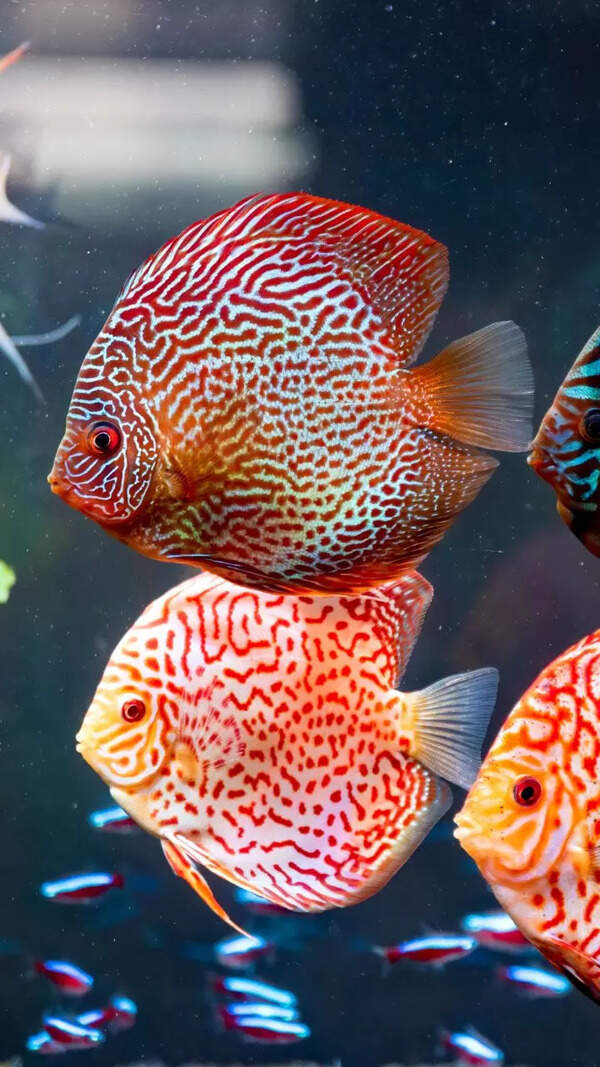Trending
Agonda meets Yorkshire in ICAR’s new climate-resilient pig
The ICAR–Central Coastal Agricultural Research Institute in Goa will unveil the Goya pig next week. This hybrid of the Goan Agonda pig and Large White Yorkshire is climate-resilient and highly disease-tolerant. Growing up to 85-90kg in ten months, it aims to enhance coastal farming practices. The official release is planned for this month.

“This is a climate-resilient pig variety fully adaptable to coastal conditions, since it has the blood of both local and exotic breeds,” said ICAR-CCARI director Parvin Kumar.

Developed through conventional breeding methods, this hybrid variety grows up to 85-90kg in ten months. In India, pigs are typically slaughtered at around 70 kg, a weight usually achieved within six months.
The Goya exhibits impressive characteristics, including a high disease tolerance inherited from its Goan parentage and superior growth rates from its Yorkshire lineage.
The variety was developed by the then-director of ICAR-CCARI, E B Chakurkar, along with co-developers Amiya Sahu and Gokuldas PP, who specialise in animal reproductive sciences.
“Other crossbreeds and exotic pig breeds are susceptible to African swine flu, of which plenty of cases have been reported in South Goa in the past. The Agonda breed, however, proved to be resilient towards this disease. It was also stronger in productivity and adaptability,” said
Gokuldas PP.
The virus causes a haemorrhagic fever with high mortality rates in domestic pigs.
The Large White Yorkshire is well suited for Goan conditions and has a good growth rate and feed conversion ability under intensive care, owing to which it was selected to crossbreed with the Goan Agonda pig.
The feeding regimen for the Goya includes a sequence of specialised rations like a starter feed until they’re 15-20 kg, grower feed up to 50 kg, and finisher feed to reach market weight.
“The pork meat of this pig can very well be utilised for the Goan sausage,” said Gokuldas PP.
TOI had reported in March 2021 that a genetic study of five generations of the pig breed was carried out and the institute had proposed this variety to be released in the coastal areas.
End of Article
FOLLOW US ON SOCIAL MEDIA










